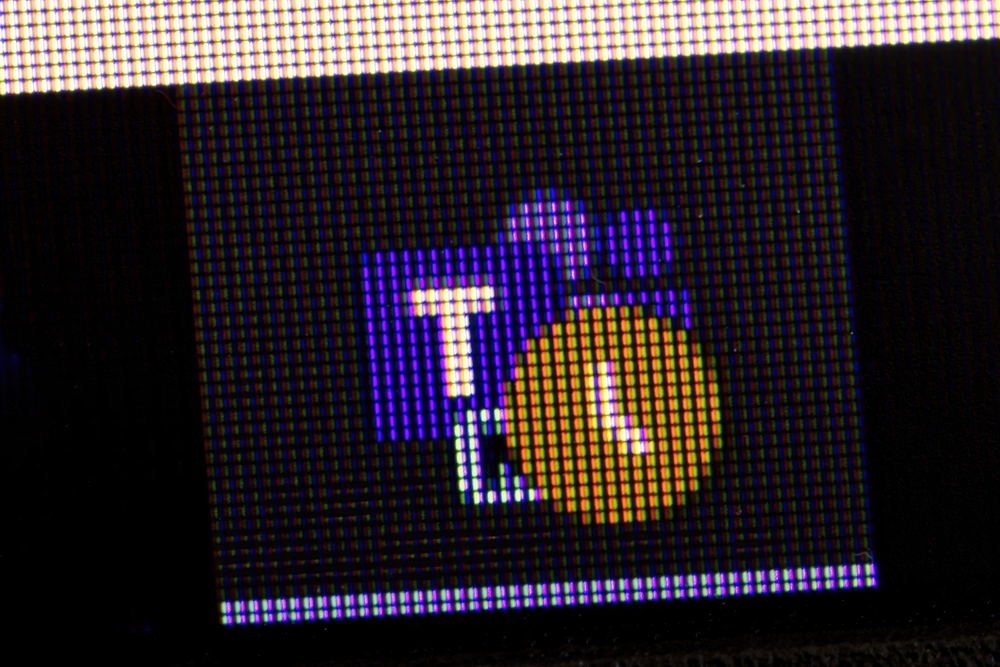
Microsoft Teams is a hugely popular collaboration tool. Used by hundreds of millions of workers daily, it provides video conferencing, instant message and file sharing in one place.
Part of that collaboration is letting colleagues know your available status. Inside the Microsoft Teams app, they can then see if you’re online, available to chat, or away. As standard, Teams automatically switches your status to Away after just five minutes of inactivity. This can cause you to appear idle - even if you are still at your desk but not moving your mouse or typing.
If you want to keep your or your company’s Teams status active, this guide will show you how to prevent Teams going idle. We’ll also cover how to adjust Teams activity settings and customise your presence status for your business.
What are the Microsoft Teams statuses?
A Microsoft Teams status is a description of your current status or planned activities on your Teams account. It lets others know whether you are available, busy or offline. Your status changes automatically based on several factors - but you can also change it manually.
The main Microsoft Teams status options
1. Available – This means you are online and working, appearing when Teams is open and you are active.
2. Busy – This shows that you are working on something and may not respond straight away. Teams automatically sets this status when you are using a Microsoft app - such as PowerPoint or Excel - in full screen.
3. In a meeting – This appears when you are in a scheduled Teams meeting, updating automatically based on your Outlook calendar.
4. In a call – This shows you are on a Teams call with another person or a group. Teams updates this status as soon as you join a call.
5. Do not disturb – This status is set when you have manually blocked notifications to focus. Teams also sets this automatically when you share your screen in a meeting or presentation.
6. Be right back – This means you have stepped away briefly but will return soon - you must set this manually.
7. Away – This status shows up when you have been inactive for five minutes or your device has entered sleep mode. Teams updates this automatically when there is no mouse movement or keyboard input.
8. Offline – This means you are signed out or not connected to the internet. It makes you appear unavailable to others, but you can still use Teams to read messages and check notifications.
As you can see, setting your status correctly helps team members understand your availability. In turn, that improves communication.
How do I stop Microsoft Teams from showing away after 5 minutes?
Teams automatically updates your status to Away after five minutes without activity. To stop this, consider one of the following actions:
• Manually change your status by clicking your profile icon, opening the dropdown menu and selecting Available
• Set a custom status message by clicking your profile picture and choosing Set status message. Then, you can type a note like "Available and working," and pick 'Show when people message me'.
• Change your Windows or Mac sleep modes. However, MS Teams may still switch to Away status, but adjusting screen and sleep settings can help slow the process.
Can you prevent Teams going idle?
Unfortunately, Microsoft does not allow users to turn off Away status completely. If you are away from your laptop, then you can open Teams on your mobile app. This can help stop it from marking you as Away when your desktop is idle.
An overview of Teams status settings
Setting your Teams status correctly can help you manage workloads and keep communication smooth. Different work environments require different approaches.
While the standard and automatic statuses give you some information, it can help teammates if you’re more specific. As such, you might consider setting a clear status message, such as:
• Manually set your status when working remotely so team members know when you are online
• Use Do Not Disturb during Microsoft Teams meetings to avoid distractions - you can select important contacts who can override this
• Set "Working from home" or "In office today" to help coordinate availability if you work hybrid.
These are just a few examples. You can select many different statuses to make your availability clear to the rest of your company.
How do I change Teams activity settings?
If you manage a Microsoft Teams implementation, you can adjust them at an organisational level. You can do this as follows:
1. Open up the Microsoft Teams Admin portal
2. Go to Settings and Teams settings
3. Adjust default status settings for Away, Busy and Do Not Disturb
4. Set notification preferences for status changes.
Your Teams presence customisation options
Tweaking your company’s online statuses helps your workers know more accurately what their team members are currently doing. When set well, these tailored statuses can help your whole business work more productively.
Bridgehampton Managing Director Nathan Foley explains:
"Getting your Microsoft Teams settings right improves communication. While it may sound like a small functionality, it helps avoid inefficiencies and lets employees focus. For maximum productivity, status settings should be tailored to match your team’s work environment and business processes."
Optimise your Microsoft Teams implementation
Microsoft Teams is a powerful collaboration tool. But using it effectively includes setting up the right Teams status settings, giving clear and concise information to staff members.
Bridgehampton specialises in Microsoft workplace solutions and digital workplace strategies. Do you need advice on your Microsoft Teams configuration? Get in touch today for expert support.

